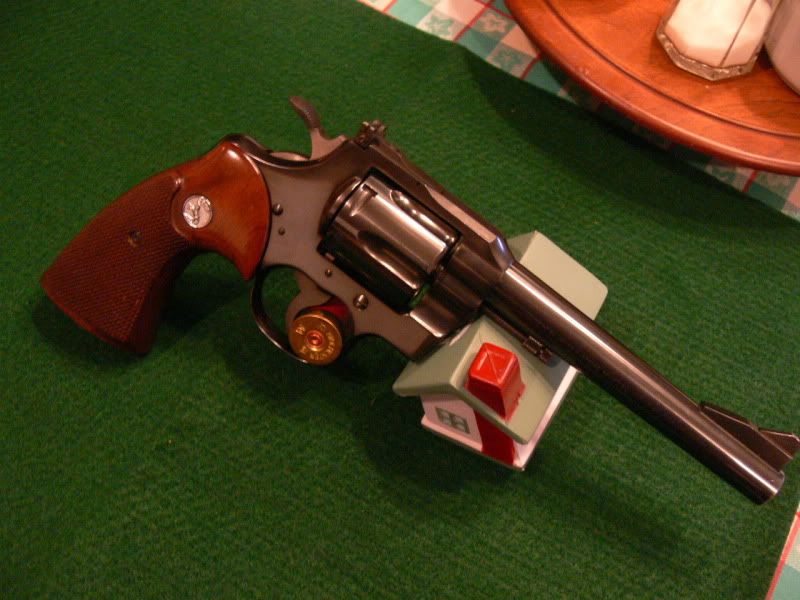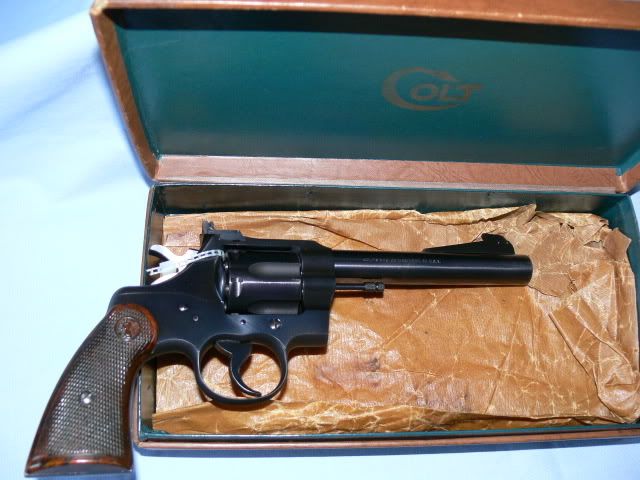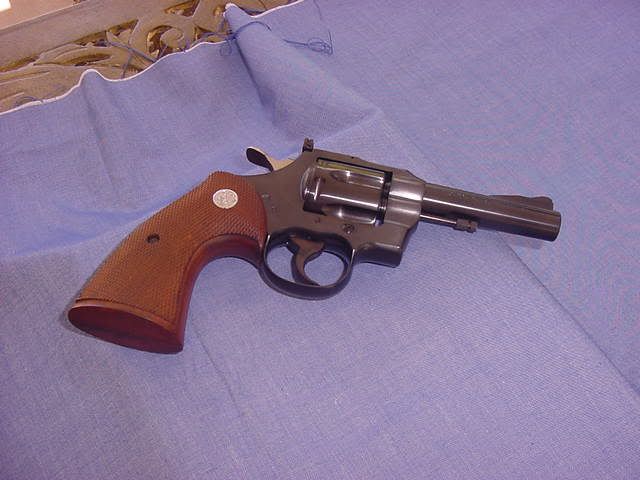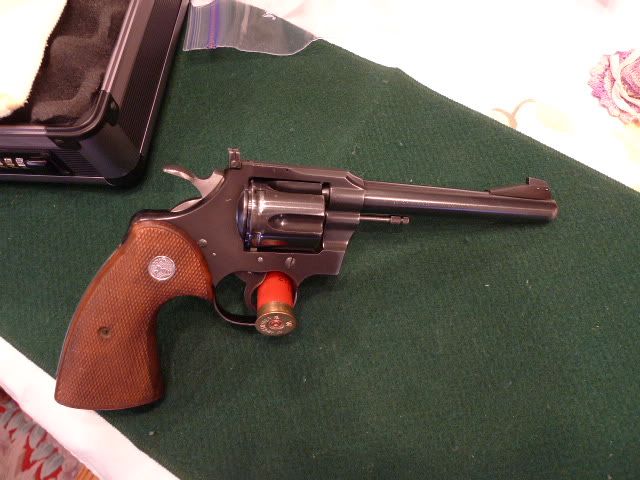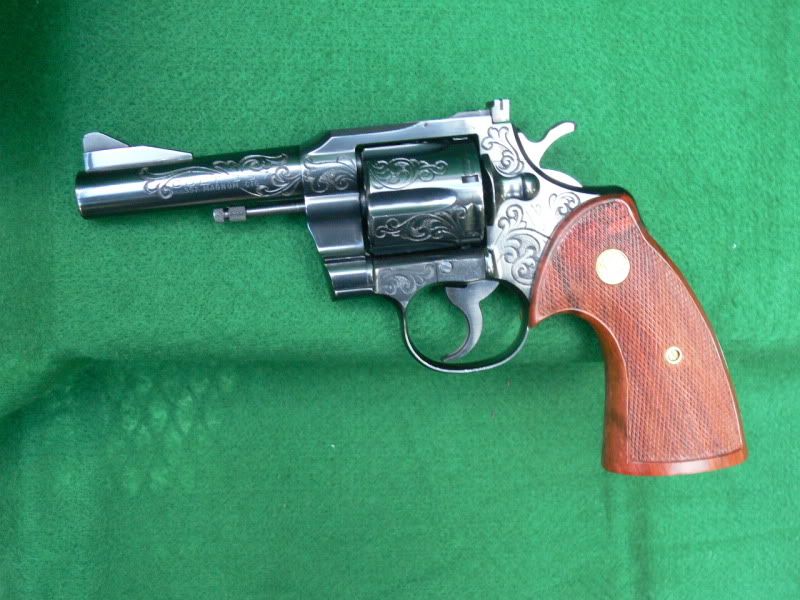Winchester_73
New member
The Python shared the same lockwork as the Officers Models before it, which were very fine revolvers in their own right. The Python was introduced to be a "deluxe" revolver, not a better revolver. Many of the Officers Model Match guns I have owned had actions just as good or even better, than the Python. And Colt Three Fifty Seven incorporated the .357 Magnum cartridge. The Python's intent was to be what the Packard was to automobiles.
I have read that the Python had much more hand fitting of the parts than other Colt revolvers, even those such as the Officer's model. I believe Dfariswheel has said that. My explanation for why these older other Colts feel just as good (my two from this thread have great trigger pulls) was that there was a higher quality emphasis coupled with better technology to give guns consistancy. Craftsmen in those days, and before, took immense pride in their products. People remembered the great depression and were happy and proud to have good stable jobs and income. It was a different time.
Both revolvers are outstanding shooters and in very good shape. And the combined price of the two of them still wouldn't have covered the cost of one Python in so-so condition.
I agree and thats one of my issues with the Python is that you are not getting 2 or 3x the quality with say a $1500 price tag. Vintage S&W and other Colt models, such as the OM or OMM or the 357 model are excellent guns. My 38 trooper from 1954 is one of the nice shooting Colts I've ever had.

